 Until 1800, the U.S. capital had been Philadelphia, a big city. Then the capital moved to Washington, DC, a small town with dirt roads, lots of trees, and the not-quite-finished Capitol and presidential mansion, known to some as the “White House.” In the winter of 1809, when Abe Lincoln (future President No. 16 – the tallest) was still a baby, James Madison, the new president (No. 4 – the shortest), gave a party. It happened that James’s wife, Dolley, was excellent at bringing all sorts of people together and making sure they had a jolly time. This was her way of making Mr. Madison popular. So, one Wednesday evening, the Madisons’ servants (enslaved African Americans, some of them) welcomed party goers to the White House. The large East Room, where Abigail Adams (wife of President No. 2) hung up her laundry, was closed off. Now the politicians, government workers, foreign diplomats, and their wives exchanged smiles with rosy Dolley Madison. (She used blusher – very daring then!) Imagine people in the oval-shaped Blue Room (cream-colored then, with red velvet curtains), laughing with the First Lady, all fancy in her Paris gown. Next door was the sunny gold parlor (the Red Room now), where you might visit with shy, brainy President Madison. (Did you know he helped to write the U.S. Constitution? Well he did!) Best of all was the big State Dining Room. It had been an office for Thomas Jefferson (President No. 3). Now it was full of FOOD: Savory snacks, tea and other drinks, little cakes and a rare delicacy: ice cream. Imagine guests with their mouths full and eyes wide, staring up at Gilbert Stuart’s great portrait of President No. 1. Some of the guests had met George Washington, but they all knew how much he’d done to make the United States possible. Everyone had such a good time, that there was another party the next Wednesday and the next. LOTS of people came – even the most disagreeable politicians! The popular weekly party, with its crowds of mashed together party goers, was a White House tradition for a while. It even got a name: Mrs. Madison’s Crush. 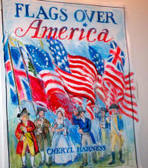 Cheryl Harness's latest book is Flags Over America, a picture book history of flags, especially America's. It was published for the 200 YEARS anniversary since Francis Scott Key wrote his poem about the Star Spangled Banner. For more information, click here. MLA 8 Citation
Harness, Cheryl. "The Wednesday Night Crush." Nonfiction Minute, iNK Think Tank, 28 Nov. 2017, www.nonfictionminute.org/ the-Wednesday-Night-Crush.
0 Comments
 This story happened in 1778, a time of terrible war. As General George Washington’s troops shivered in their winter camp in Pennsylvania, at Valley Forge, Daniel Boone was hunting out west, in the future state of Kentucky. Nearby, in the forest, his friends were boiling down mineral-rich spring water to make salt for their families in Boonesborough. It was a community of cabins in and around a log stockade, to protect the pioneers from attackers. Of whom were they afraid? The First Nations, who’d been living in the so-called New World for countless generations. Specifically, Daniel Boone’s people feared the Shawnee and Cherokee peoples—and vice versa. The Native Americans were fighting an endless supply of white settlers determined to take their ancestral lands. All through and after the Revolutionary War years, American, British, and Native warriors fought throughout the wilderness west of the Appalachian Mountains and east of the Mississippi River. We know Daniel Boone as a frontier explorer and trailblazer. To the Natives, he was “Wide Mouth,” a leader of the invasion that threatened to end their ways of life forever. So it was a BIG deal when, on a winter day in 1778, Shawnee Chief Blackfish and his warriors captured him! Daniel used all of his wits to work out a trade: In return for making him and his salt-making friends their prisoners, the Shawnee would put off attacking Boonesborough. For ten days, the captives were marched through the snowy woods to Chillicothe, the big Shawnee town in Ohio. The British paid bounties for colonial prisoners, so some of Daniel’s friends were sold. They and others were lost to history, but we know that Daniel had to prove his courage in the gauntlet, dashing between rows of Shawnee warriors, getting hit by clubs. Now, he’d known Natives and studied their ways since he was a boy. To stay safe until he could get back to his family, he knew he needed to let Chief Blackfish do as he wished: adopt him into his tribe. Daniel got scrubbed. He got all of his hair plucked out except for a “scalp lock” atop his head. He got a new name too: Sheltowee or “Big Turtle.” But it was June before he got the chance to escape. Then Daniel ran, hid, hiked, and limped 160 miles home to Boonesborough, in time to prepare for the attack of the angry Shawnee. But that’s another story for another day.  Once again, Cheryl Harness combines lively storytelling with vividly detailed illustrations to transport readers back to an exciting era in American history. During Daniel Boone's 86-year life, Colonial America is transformed into a revolutionary republic, trails morph into roads and highways, and Americans discover new ways to travel—by canal, and by steam-powered boats and trains. Readers journey through these formative milestones in America's great westward expansion with the aid of a time line running along each page, 200-plus illustrations, maps, sidebars, primary-source quotations, and resource lists. For information on The Trailblazing Life of Daniel Boone: How Early Americans Took to the Road, click here. MLA 8 Citation
Harness, Cheryl. "Kidnapped!" Nonfiction Minute, iNK Think Tank, 4 June 2018, www.nonfictionminute.org/the-nonfiction-minute/kidnapped. 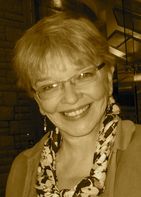 On a night in 1768, a meteor streaked across the skies over a Shawnee village in western Ohio so Chief Puckshinwau named his new little son Tecumseh or “Shooting Star.” He hoped his boy would grow up as he had, farming and hunting along with the other Native tribes in the wild Ohio River Valley. But how troubling it was, those white people from the east, who kept arriving, always wanting more of the beautiful land! Tecumseh was six when one of them killed his father in 1774, the year before the Revolutionary War began. Throughout the war, British, American, and Native warriors attacked one another in the vast frontier that lay west of the white folks’ towns. At age 12, Tecumseh saw white soldiers burn his village and his people’s crops. After the Americans won their independence, in 1783, they were even more determined to win the West and settle there. To Tecumseh, the Native peoples were up against an all-out invasion! As a young chief, he led fierce raids on white settlements, earning a reputation as a brilliant commander. As a charismatic leader, he traveled up to Canada and down to the Gulf of Mexico, urging the tribes to UNITE, fight, and sign no treaties at the cost of losing their land. “Let us form one body, one heart,” Tecumseh cried, “and defend to the last warrior our country, our homes, our liberty, and the graves of our fathers.” As Tecumseh’s message spread among the tribes, along with word of his younger brother’s strong spiritual visions, a religious, political movement surged through Native America. Warriors gathered at the brothers’ settlement by Indiana’s Tippecanoe River. And then, when Tecumseh was away, in November 1811, U.S. soldiers surrounded it. They defeated the Indians in the fateful “Battle of Tippecanoe.” Tecumseh did not give up. He and warriors from 32 tribes fought on. The British weren’t grabbing tribal lands so the Natives sided with them against the United States in the War of 1812. Valiant Tecumseh led armies and flotillas of canoes against U.S. forces up until an enemy bullet ended his life on October 5, 1813. It marked the end of Tecumseh’s alliance, but the legendary Shooting Star still burns brightly in the skies of memory.  Daniel Boone's story is every young adventurer's fantasy: A childhood in Pennsylvania spent hunting on lands shared with Native Americans; a coming-of-age fighting in the French and Indian War; and the fulfillment of a life's dream with the blazing of the Wilderness Road across the Appalachian Mountains and the settling of Boonesborough in Kentucky. Add to this the rescue of his daughter from Shawnee warriors, and readers are quickly in the thick of another irresistible Cheryl Harness History. For more information on The Trailblazing Life of Daniel Boone, click here. MLA 8 Citation
Harness, Cheryl. "Tecumseh, the 'Shooting Star.'" Nonfiction Minute, iNK Think Tank, 7 May 2018, www.nonfictionminute.org/the-nonfiction-minute/ Tecumseh-the-Shooting-Star. Picture this: It’s cold gray October 1918 in France, in the Argonne Forest. World War I has been going on for four hideous, deadly years. You and about 500 of your fellow Americans are smack in the middle of a MASSIVE battle. You’re running out of food and ammo. Shells are EXPLODING all around you and some of them are American! Those guys don’t know where you and your buddies are, trapped in a hillside valley, surrounded by enemy Germans! How can Major Charles Whittlesey, the commander of this lost battalion, let those other Americans know where his unit is? They’re cut off from the telegraph wires; so what, wave a flag? That’ll just draw more enemy fire! The messengers he’d sent had been shot or captured. How about homing pigeons? In this awful war, more than a 100,000 of them were used to carry battlefield messages. The major had sent all but one of his pigeons only to see them shot out of the sky. Finally, the desperate officer calls for his last one, named Cher Ami, the French words for Dear Friend. Major Whittlesey scribbles out a message: “We are along the road parallel to 276.4.Our own artillery is dropping a barrage directly on us. For heaven’s sake, stop it.” He rolls the scrap of paper, stuffs it into the tiny silver canister attached to Cher Ami’s leg, and sends him up and away. This pigeon has flown 11 successful missions— will he make it now? He must! The Germans fire. Cher Ami falls! He’s hit! But he beats and flaps his wings, gains altitude, and flies 25 miles. Despite being blinded in one eye and shot in his bloodied breast, Cher Ami delivers the critical message, still attached to his leg, dangling by a bloody tendon. And 194 American soldiers are saved by their brave dear, feathered friend. For his heroic service, Cher Ami was awarded France’s highest medal, le Croix de Guerre (the Cross of War). In the months after the war ended, on November 11, 1918, ocean liners carried Cher Ami and many thousands of other veterans to America. He continued to be treated, but in the end, his injuries were too serious. Cher Ami died on June 13, 1919. Back in the USA, Major Charles Whittlesey gave speeches about the war. He said nothing about any sorrow or awful memories, so no one knows just why he jumped off a ship to his death in the sea, late one night in November 1921. But the memory of soldiers’ heroism and of one bird’s stubborn courage will never die. 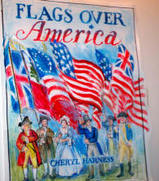 Cheryl's Latest book is Flags Over America. Click here to find out more about the book or click here to find out more about the author. MLA 8 Citation
Harness, Cheryl. "Dear Friend." Nonfiction Minute, iNK Think Tank, 8 01 2018, www.nonfictionminute.org/the-nonfiction-minute/dear-friend. 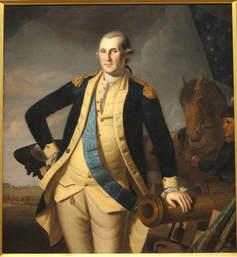 While helping to win his country’s independence from Great Britain, Captain C. W. Peale painted General George Washington’s portrait. Cleveland Museum of Art via Wikimedia While helping to win his country’s independence from Great Britain, Captain C. W. Peale painted General George Washington’s portrait. Cleveland Museum of Art via Wikimedia It was December 24, 1801, when bundled-up Philadelphians bought their 25¢ tickets and entered Peale’s Museum on Fifth Street. Once inside, they saw the owner’s paintings. And I’ll bet you have too—even if you’ve never heard of Charles Willson Peale. This one, for instance, of his fellow Revolutionary War soldier: Visitors to the museum had seen Peale’s collections of butterflies, too, and other nature specimens, such as the fossilized teeth of mysterious beasts. (Who knew then that animals went extinct? Hardly anybody!) But on this extra-special Christmas Eve, people probably hurried past Peale’s handmade dioramas, with the lifelike bodies of birds and mammals that he’d stuffed and posed. Today, Mr. C.W. Peale himself was introducing his NEW ATTRACTION. People had paid an extra 50¢ just to see it! Now they looked up, up, UP at it, and were astonished. What animal’s skeleton was eleven feet tall? Seventeen and a half feet from its bony tail to the tips of its giant, curving tusks? It was a mastodon. No one had seen a live mastodon in more than ten thousand years. So how did one’s bones get to Philadelphia? Mr. Peale and other naturalists such as Thomas Jefferson, the new President-elect, wrote to one another about their studies, collections, and the latest discoveries, such as like these huge, mysterious bones in southern New York state. Some of North America’s long-gone mastodons ended up there, by the Hudson River. As soon as he heard about them, Peale hurried to see them. Then he not only figured a way to dig up the bones, but he also painted a picture of the huge excavation! 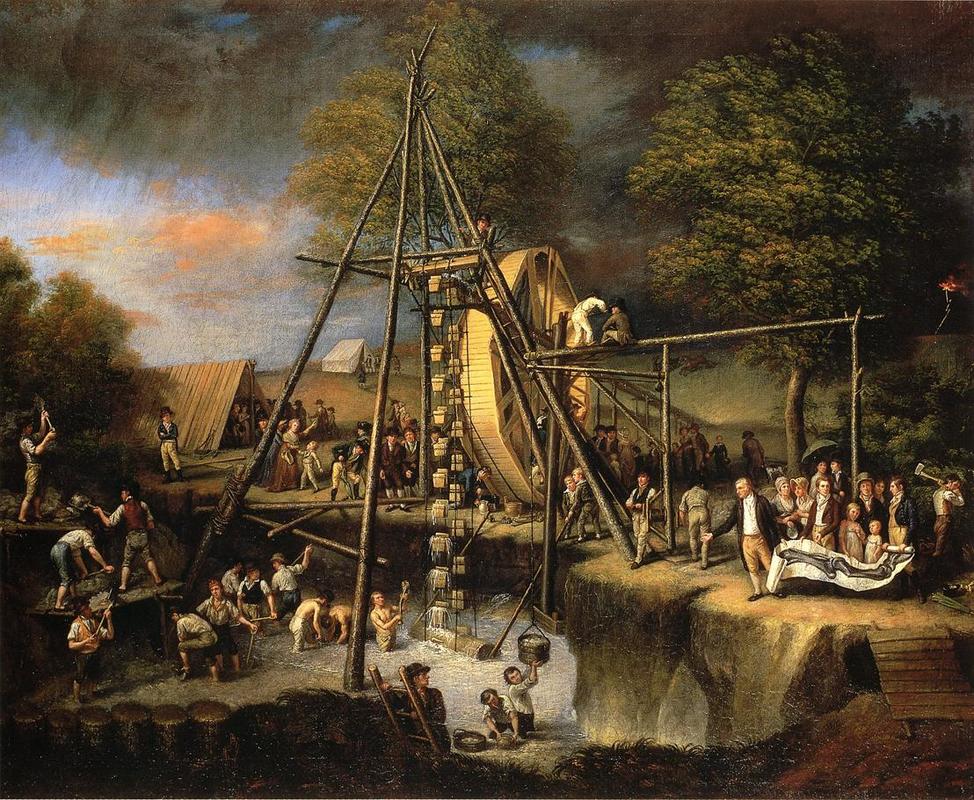 In Peale’s painting “Exhumation of the Mastodon,” he shows some of his children (He had seventeen!) and how he had to pump water out of the beast’s muddy grave. Wikimedia In Peale’s painting “Exhumation of the Mastodon,” he shows some of his children (He had seventeen!) and how he had to pump water out of the beast’s muddy grave. Wikimedia Peale’s son, Rembrandt helped to draw and assemble the bones: For years, people paid to marvel at the enormous, sensational skeleton. Later on, after Mr. Peale’s death in 1827, his museum slowly went broke. P.T. Barnum, the circus showman, bought a lot of his exhibits. Later still, they were destroyed in a fire. And the mighty bones of the mastodon wound up lost for a hundred years, until the skeleton turned up in Germany, where you can see it today. 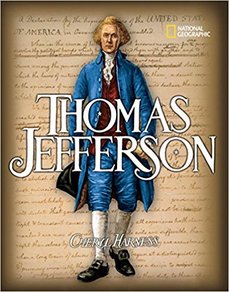 In Thomas Jefferson, her sixth presidential biography for National Geographic, Cheryl Harness illuminates the many sides of Thomas Jefferson: scientist, lawyer, farmer, architect, diplomat, inventor, musician, philosopher, author of the Declaration of Independence, founder of the University of Virginia, and third president of the United States. Readers meet this extraordinary man of contradictions: a genius who proclaimed that "All men are created equal" and championed the rights of "Life, Liberty, and the Pursuit of Happiness," while at the same time living a life that depended on the enforced labor of slaves. MLA 8 Citation
Harness, Cheryl. "The Big Deal in Mr. Peale's Museum." Nonfiction Minute, iNK Think Tank, 18 Apr. 2018, www.nonfictionminute.org/the-nonfiction-minute/ The-Big-Deal-in Mr-Peales-Museum. |
*NEWS
|
For Vicki Cobb's BLOG (nonfiction book reviews, info on education, more), click here: Vicki's Blog
The NCSS-CBC Notable Social Studies Committee is pleased to inform you
that 30 People Who Changed the World has been selected for Notable Social Studies Trade Books for Young People 2018, a cooperative project of the National Council for the Social Studies (NCSS) & the Children’s Book Council
Categories
All
Abolitionists
Adams Janus
Adaptation
Adaptations
Adkins Jan
Advertising
Aerodynamics
Africa
African American History
African Americans
Africa West
Agriculture
Aircraft
Air Pilots
Air Pressure
Air Travel
Albee Sarah
Alchemy
Alligators
Allusion
American History
American Icons
Amphibians
Amundsen Roald
Anatomy
Ancient
Ancient Cultures
Anderson Marian 1897-1993
Animal Behavior
Animal Experimentation
Animal Intelligence
Animals
Animation
Antarctica
Ants
Apache Indians
Apes
April Fool's Day
Architecture
Argument
Arithmetic
Art
Art Deco
Artists
Arts
Asia
Astronauts
Astronomy
Athletes
Atomic Theory
Audubon Societies
Authors
Autobiography
Automobiles
Aviation
Awards
Bacteria
Baseball
Battuta Ibn
Bears
Beatles
Beavers
Bees
Biodegradation
Biography
Biology
Biomes
Biomimicry
Biplanes
Birds
Black Death
Black History
Blindness
Blizzards
Bombs
Bonaparte Napoleon
Boone Daniel
Botany
Brazil
Bridges
Brill Marlene Targ
Brooklyn Bridge
Brown John
Buffaloes
Building Materials
Butterflies
Caesar
Caesar Julius
Caissons
Calculus
Calendars
Cannibal
Capitals
Caravaggio
Carbon Dioxide
Carnivores
Carson Mary Kay
Cartoons & Comics
Carving (Decorative Arts)
Cascade Range
Castaldo Nancy
Castles
Castrovilla Selene
Cathedrals
Cats
Caves
Celts
Cemeteries
Chemistry
Children's Authors
Child Welfare
China
Choctaw Indians
Christmas
Chronometers
Cicadas
Cinco De Mayo
Ciphers
Circle
Citizenship
Civil Rights
Civil Rights Movements
Civil War
Civil War - US
Climate
Climate Change
Clocks And Watches
Clouds
Cobb Vicki
COBOL (Computer Language)
Code And Cipher Stories
Collard III Sneed B.
Collectors And Collecting
Color
Commerce
Communication
Competition
Compilers
Composers
Computers
Congressional Gold Medal
Consitution
Contests
Contraltos
Coolidge Calvin
Cooling
Corms
Corn
Counterfeiters
Covid-19
Crocodiles
Cryptography
Culture
Darwin Charles
Declaration Of Independence
Decomposition
Decompression Sickness
Deep-sea Animals
Deer
De Medici Catherine
Design
Detectives
Dickens Charles
Disasters
Discrimination
Diseases
Disney Walt
DNA
Dogs
Dollar
Dolphins
Douglass Frederick 1818-1895
Droughts
Dr. Suess
Dunphy Madeleine
Ear
Earth
Earthquakes
Ecology
Economics
Ecosystem
Edison Thomas A
Education
Egypt
Eiffel-gustave-18321923
Eiffel-tower
Einstein-albert
Elephants
Elk
Emancipationproclamation
Endangered Species
Endangered-species
Energy
Engineering
England
Englishlanguage-arts
Entomology
Environmental-protection
Environmental-science
Equinox
Erie-canal
Etymology
Europe
European-history
Evolution
Experiments
Explorers
Explosions
Exports
Extinction
Extinction-biology
Eye
Fairs
Fawkes-guy
Federalgovernment
Film
Fires
Fishes
Flight
Floods
Flowers
Flute
Food
Food-chains
Foodpreservation
Foodsupply
Food-supply
Football
Forceandenergy
Force-and-energy
Forensicscienceandmedicine
Forensic Science And Medicine
Fossils
Foundlings
France
Francoprussian-war
Freedom
Freedomofspeech
French-revolution
Friction
Frogs
Frontier
Frontier-and-pioneer-life
Frozenfoods
Fugitiveslaves
Fultonrobert
Galapagos-islands
Galleys
Gametheory
Gaudi-antoni-18521926
Gender
Generals
Genes
Genetics
Geography
Geology
Geometry
Geysers
Ghosts
Giraffe
Glaciers
Glaucoma
Gliders-aeronautics
Global-warming
Gods-goddesses
Gold-mines-and-mining
Government
Grant-ulysses-s
Grasshoppers
Gravity
Great-britain
Great-depression
Greece
Greek-letters
Greenberg Jan
Hair
Halloween
Handel-george-frederic
Harness Cheryl
Harrison-john-16931776
Health-wellness
Hearing
Hearing-aids
Hearst-william-randolph
Henry-iv-king-of-england
Herbivores
Hip Hop
History
History-19th-century
History-france
History-world
Hitler-adolph
Hoaxes
Holidays
Hollihan Kerrie Logan
Homestead-law
Hopper-grace
Horses
Hot Air Balloons
Hot-air-balloons
Housing
Huguenots
Human Body
Hurricanes
Ice
Icebergs
Illustration
Imagery
Imhotep
Imperialism
Indian-code-talkers
Indonesia
Industrialization
Industrial-revolution
Inquisition
Insects
Insulation
Intelligence
Interstatecommerce
Interviewing
Inventions
Inventors
Irrational-numbers
Irrigation
Islands
Jacksonandrew
Jazz
Jeffersonthomas
Jefferson-thomas
Jemisonmae
Jenkins-steve
Jet-stream
Johnsonlyndonb
Jokes
Journalism
Keeling-charles-d
Kennedyjohnf
Kenya
Kidnapping
Kingmartinlutherjr19291968
Kingmartinlutherjr19291968d6528702d6
Kings-and-rulers
Kings Queens
Kings-queens
Koala
Labor
Labor Policy
Lafayette Marie Joseph Paul Yves Roch Gilbert Du Motier Marquis De 17571834
Landscapes
Languages-and-culture
Law-enforcement
Layfayette
Levers
Levinson Cynthia
Lewis And Clark Expedition (1804-1806)
Lewis Edmonia
Liberty
Lift (Aerodynamics)
Light
Lindbergh Charles
Liszt Franz
Literary Devices
Literature
Lizards
Longitude
Louis XIV King Of France
Lumber
Lunar Calendar
Lynching
Macaws
Madison-dolley
Madison-james
Madison-james
Mammals
Maneta-norman
Maneta-norman
Marathon-greece
Marine-biology
Marine-biology
Marines
Marsupials
Martial-arts
Marx-trish
Mass
Massachusetts-maritime-academy
Mass-media
Mastodons
Mathematics
May-day
Mcclafferty-carla-killough
Mcclafferty-carla-killough
Mckinley-william
Measurement
Mechanics
Media-literacy
Media-literacy
Medicine
Memoir
Memorial-day
Metaphor
Meteorology
Mexico
Mickey-mouse
Microscopy
Middle-west
Migration
Military
Miners
Mississippi
Molasses
Monarchy
Monsters
Montgomery
Montgomery-bus-boycott-19551956
Montgomery-heather-l
Monuments
Moon
Moran-thomas
Morsecode
Morsesamuel
Moss-marissa
Moss-marissa
Motion
Motion-pictures
Mummies
Munro-roxie
Munro-roxie
Musclestrength
Museums
Music
Muslims
Mythologygreek
Nanofibers
Nanotechnology
Nathan-amy
Nathan-amy
Nationalfootballleague
Nationalparksandreserves
Nativeamericans
Native-americans
Native-americans
Naturalhistory
Naturalists
Nature
Nauticalcharts
Nauticalinstruments
Navajoindians
Navigation
Navy
Ncaafootball
Nervoussystem
Newdeal19331939
Newman-aline
Newman-aline
Newton-isaac
New-york-city
Nobelprizewinners
Nomads
Nonfictionnarrative
Nutrition
Nylon
Nymphs-insects
Oaths Of Office
Occupations
Ocean
Ocean-liners
Olympics
Omnivores
Optics
Origami
Origin
Orphans
Ottomanempire
Painters
Painting
Paleontology
Pandemic
Paper-airplanes
Parksrosa19132005
Parrots
Passiveresistance
Patent Dorothy Hinshaw
Peerreview
Penguins
Persistence
Personalnarrative
Personification
Pets
Photography
Physics
Pi
Pigeons
Pilots
Pinkertonallan
Pirates
Plague
Plains
Plainsindians
Planets
Plantbreeding
Plants
Plastics
Poaching
Poetry
Poisons
Poland
Police
Political-parties
Pollen
Pollution
Polo-marco
Populism
Portraits
Predation
Predators
Presidentialmedaloffreedom
Presidents
Prey
Prey-predators
Prey-predators
Prime-meridian
Pringle Laurence
Prohibition
Proteins
Protestandsocialmovements
Protestants
Protestsongs
Punishment
Pyramids
Questioning
Radio
Railroad
Rainforests
Rappaport-doreen
Ratio
Reading
Realism
Recipes
Recycling
Refrigerators
Reich-susanna
Religion
Renaissance
Reproduction
Reptiles
Reservoirs
Rheumatoidarthritis
Rhythm-and-blues-music
Rice
Rivers
Roaringtwenties
Roosevelteleanor
Rooseveltfranklind
Roosevelt-franklin-d
Roosevelt-theodore
Running
Russia
Safety
Sanitation
Schwartz David M
Science
Scientificmethod
Scientists
Scottrobert
Sculpture
Sculpturegardens
Sea-level
Seals
Seals-animals
Secretariesofstate
Secretservice
Seeds
Segregation
Segregationineducation
Sensessensation
September11terroristattacks2001
Seuss
Sextant
Shackletonernest
Shawneeindians
Ships
Shortstories
Silkworms
Simple-machines
Singers
Siy Alexandra
Slavery
Smuggling
Snakes
Socialchange
Social-change
Socialjustice
Social-justice
Socialstudies
Social-studies
Social-studies
Sodhouses
Solarsystem
Sound
Southeast-asia
Soybean
Space Travelers
Spain
Speech
Speed
Spiders
Spies
Spiritualssongs
Sports
Sports-history
Sports-science
Spring
Squirrels
Statue-of-liberty
STEM
Storms
Strategy
Sugar
Sumatra
Summer
Superbowl
Surgery
Survival
Swanson-jennifer
Swinburne Stephen R.
Synthetic-drugs
Taiwan
Tardigrada
Tasmania
Tasmanian Devil
Tasmanian-devil
Technology
Tecumsehshawneechief
Telegraph-wireless
Temperature
Tennis
Terrorism
Thomas Peggy
Thompson Laurie Ann
Time
Titanic
Tombs
Tortoises
Towle Sarah
Transcontinental-flights
Transportation
Travel
Trees
Trung Sisters Rebellion
Tundra
Turnips
Turtles
Typhoons
Underground Railroad
Us-environmental-protection-agency
Us History
Us-history
Ushistoryrevolution
Us History Revolution
Us-history-war-of-1812
Us Presidents
Ussupremecourtlandmarkcases
Vacations
Vaccines
Vangoghvincent
Vegetables
Venom
Vietnam
Viruses
Visual-literacy
Volcanoes
Voting-rghts
War
Warne-kate
Warren Andrea
Washington-dc
Washington George
Water
Water-currents
Wax-figures
Weapons
Weather
Weatherford Carole Boston
Whiting Jim
Wildfires
Winds
Windsor-castle
Wolves
Woman In History
Women
Women Airforce Service Pilots
Women-airforce-service-pilots
Womeninhistory
Women In History
Women-in-science
Women's History
Womens-roles-through-history
Wonder
Woodson-carter-godwin-18751950
World-war-i
World War Ii
World-war-ii
Wright Brothers
Writing
Writing-skills
Wwi
Xrays
Yellowstone-national-park
Zaunders Bo
ArchivesMarch 2021
February 2021
January 2021
December 2020
November 2020
October 2020
September 2020
June 2020
May 2020
April 2020
March 2020
February 2020
January 2020
December 2019
October 2019
September 2019
August 2019
July 2019
May 2019
April 2019
March 2019
February 2019
January 2019
December 2018
November 2018
September 2018
June 2018
May 2018
April 2018
March 2018
February 2018
January 2018
December 2017
November 2017
October 2017
September 2017
March 2017
The NONFICTION MINUTE, Authors on Call, and. the iNK Books & Media Store are divisions of iNK THINK TANK INC.
a 501 (c) (3) nonprofit corporation. To return to the iNK Think Tank landing page click the icon or the link below. :
http://inkthinktank.org/
For more information or support, contact thoughts@inkthinktank.org
For Privacy Policy, go to
Privacy Policy
© COPYRIGHT the Nonfiction Minute 2020.
ALL RIGHTS RESERVED.
This site uses cookies to personalize your experience, analyze site usage, and offer tailored promotions. www.youronlinechoices.eu
Remind me later
Archives
March 2023
February 2023
January 2023
December 2022
November 2022
October 2022
September 2022
June 2022
May 2022
April 2022
March 2022
February 2022
January 2022
December 2021
November 2021
September 2021
April 2021
March 2021
February 2021
November 2020
October 2020
September 2020
June 2020
May 2020
April 2020
March 2020
February 2020
January 2020
October 2019
August 2019
July 2019
May 2019
April 2019
December 2018
September 2018
June 2018
May 2018
March 2018
February 2018
January 2018
December 2017
November 2017
October 2017
September 2017


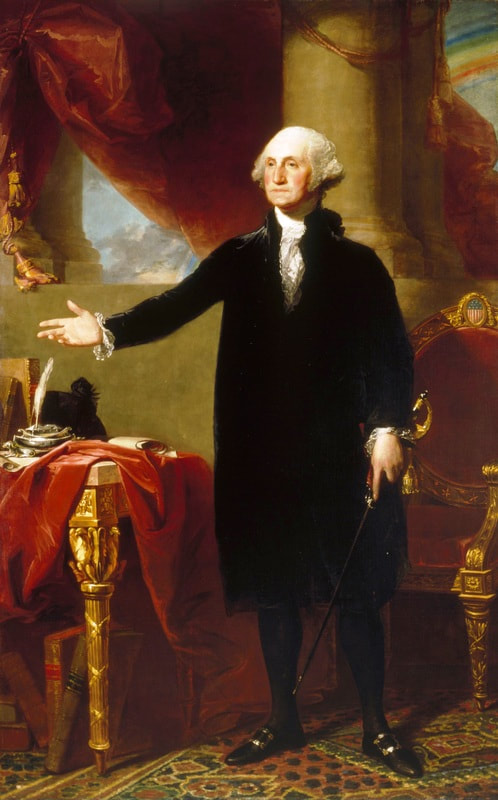
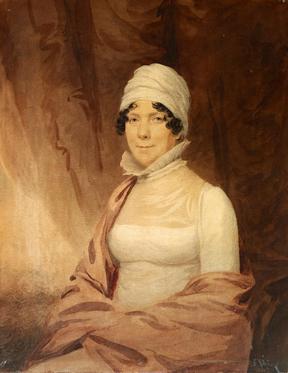


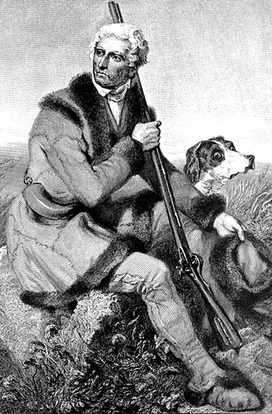
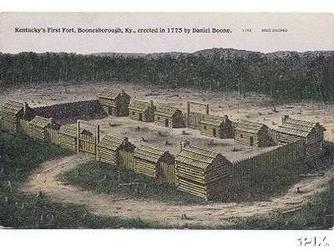
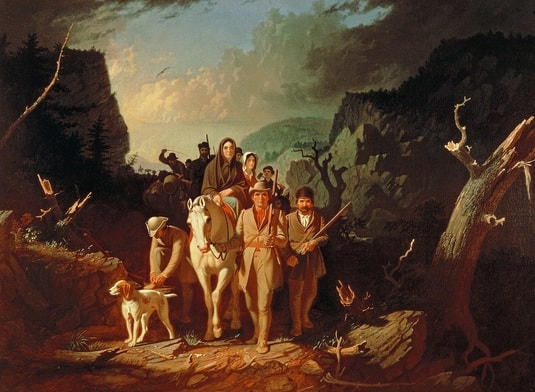


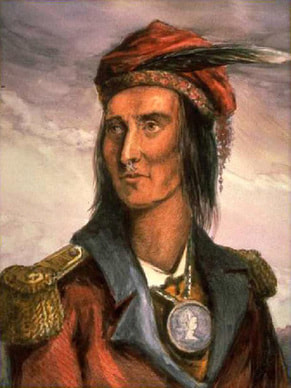
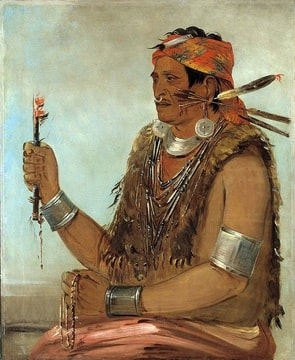
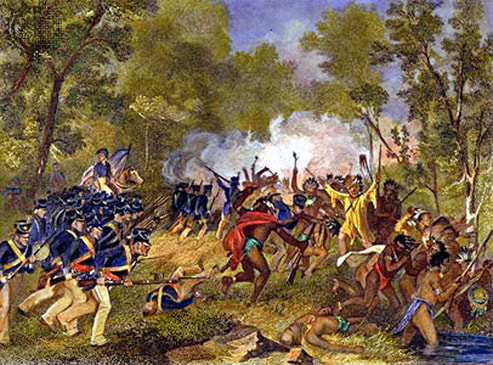


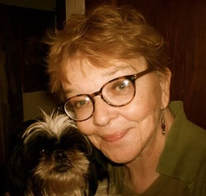

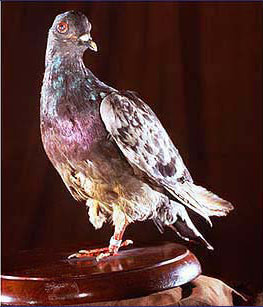
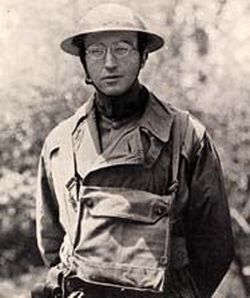
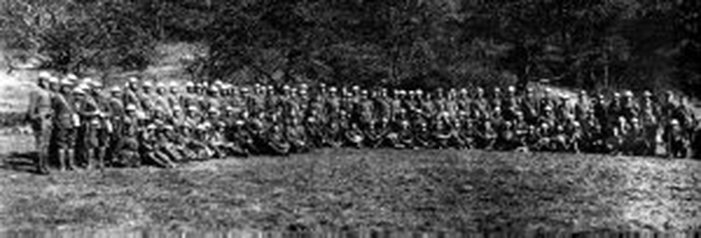

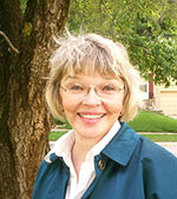
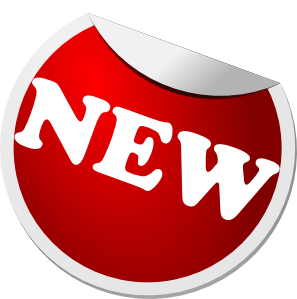


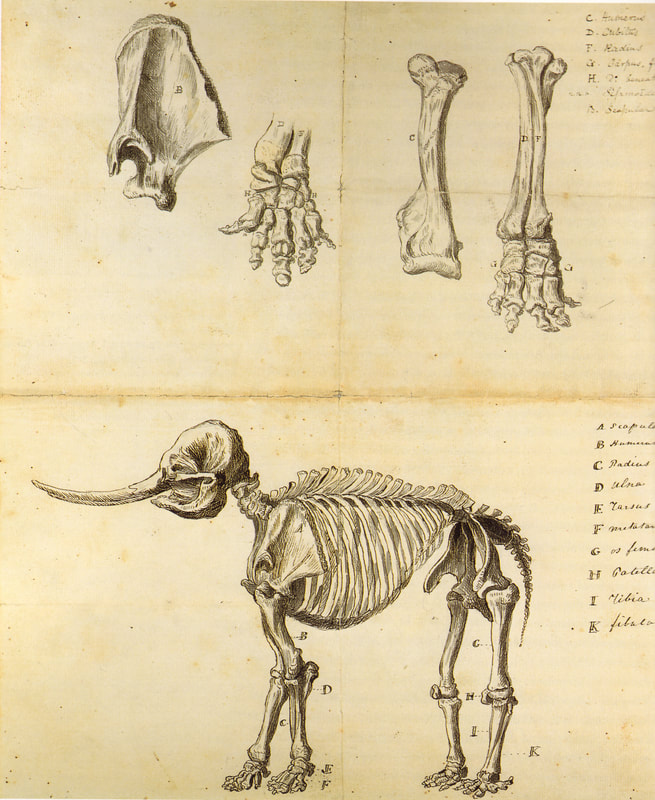

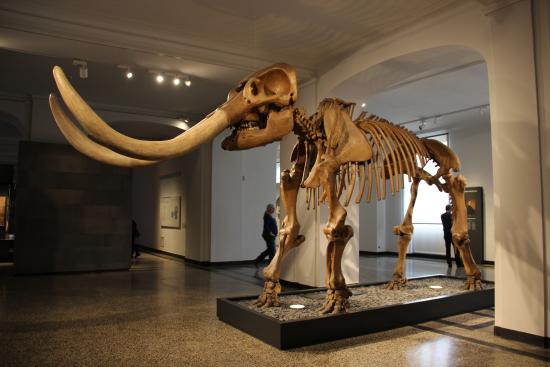

 RSS Feed
RSS Feed
